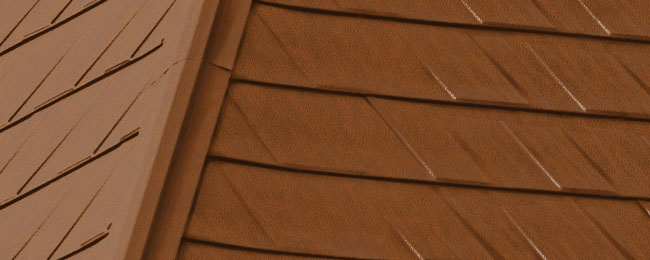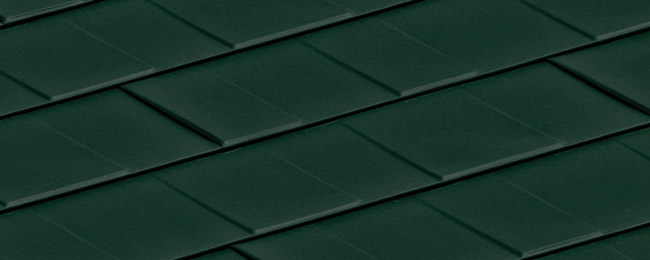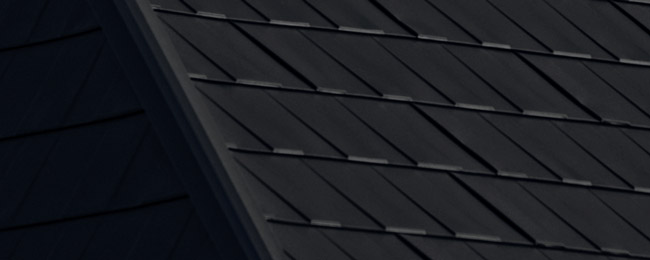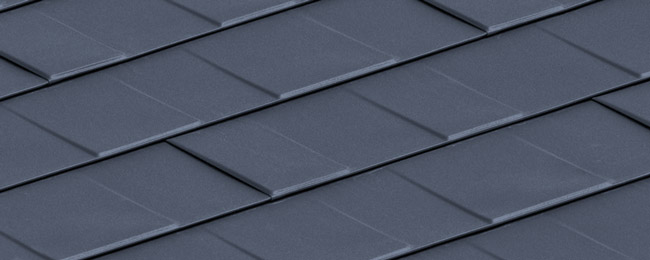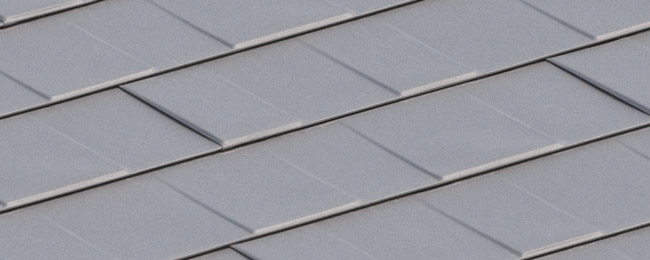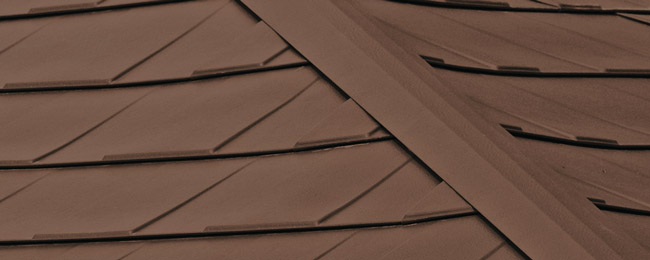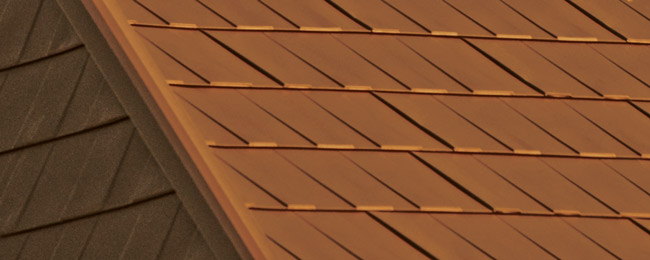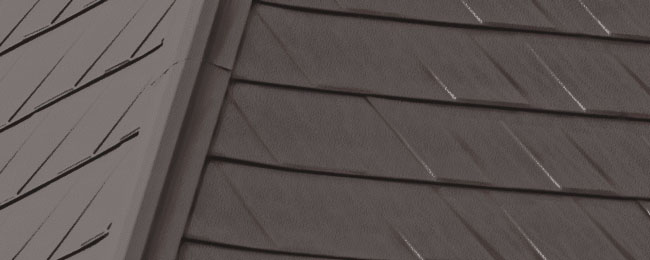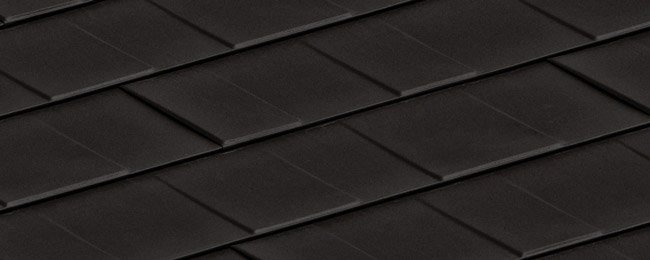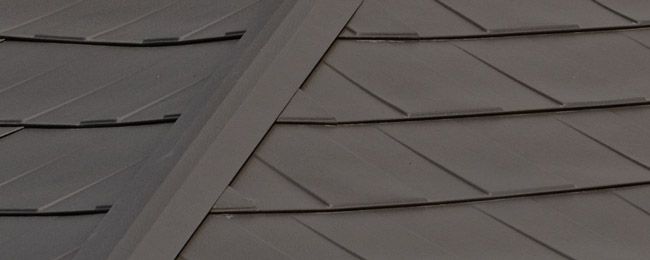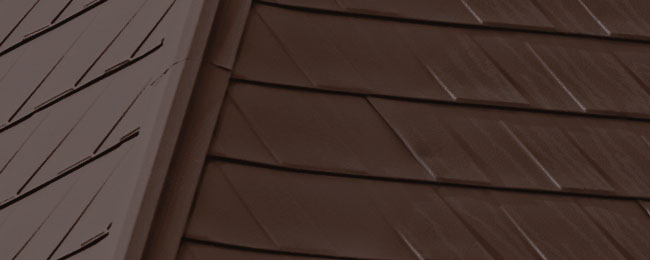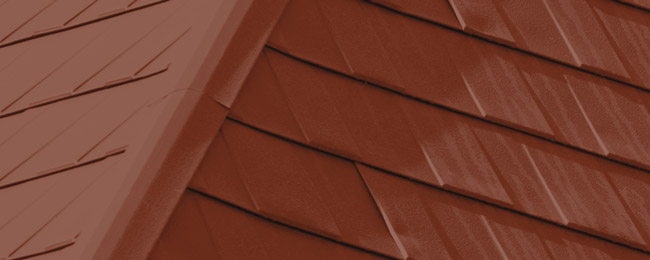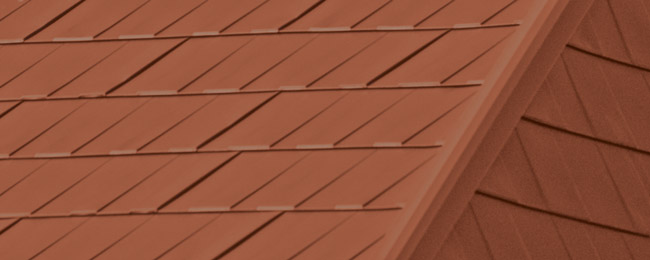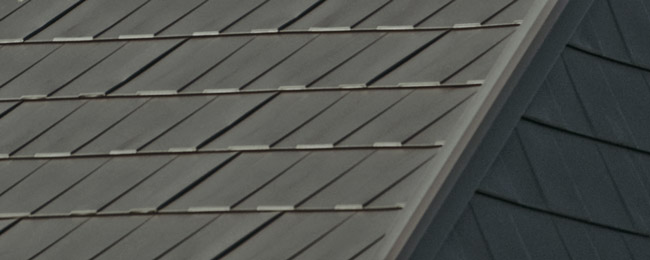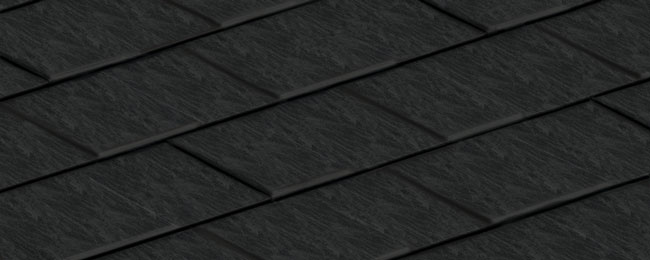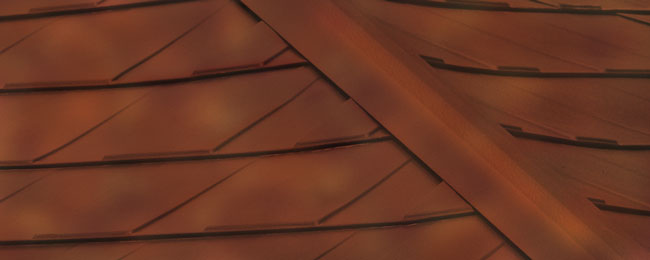
Premium Metal Roofing in Ottawa
Though its initial cost is more than other roofing options, a Wakefield Bridge metal roof provides longevity and energy efficiency that pay off handsomely down the road, all backed up by a 50-year transferable warranty. That adds a lot of value to your home, getting you a better price when you decide to sell. What’s more, Wakefield Bridge steel shingles are made in part of recycled steel and are 100% recyclable, so you’ll never find them clogging landfill sites.
Heritage Junior Standing Seam Metal Roofing
More economically priced, the Heritage Junior H-FTM hidden fasteners steel roof panel offers the same traditional style and appearance of standing seam roofs as the Heritage SeriesTM but in a slightly thinner steel gauge. Available in 13 colours.
METAL SHINGLES
Metal roofing has been around for over a 100 years. It was originally used for commercial, industrial and agricultural buildings, today’s metal roofing also comes in steel shingles in a variety of contemporary attractive colors.
METAL SHINGLES ARE THE PERFECT ROOFING SOLUTION FOR OUR EXTREME NORTHERN WINTERS
These extreme weather conditions and variations in winter temperatures combine with extreme hot summer peaks, blistering sun, sudden high gusts of winds and heavy flash downpours causing flooding and sewer backups and water infiltrations subjecting roofs to water infiltrations and blown-off shingles.
Only the protection of a new steel shingled roof can resist these extreme weather conditions. A quality Wakefield Bridge steel shingle roof is your barrier against all weather-related aggressions. Steel shingles are at least 60 percent lighter and more resistant than asphalt shingles, concrete and clay tiles, cedar shakes and slate roofing materials, and stronger than aluminum shingles.

